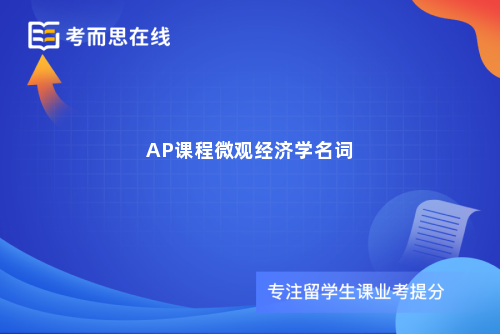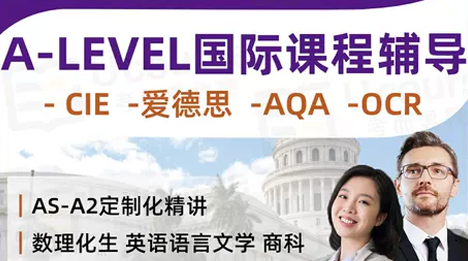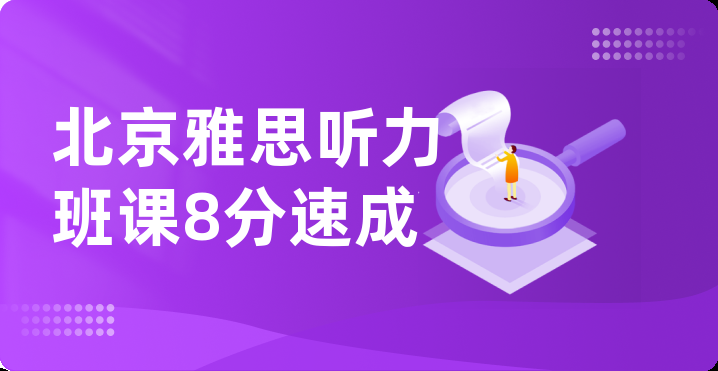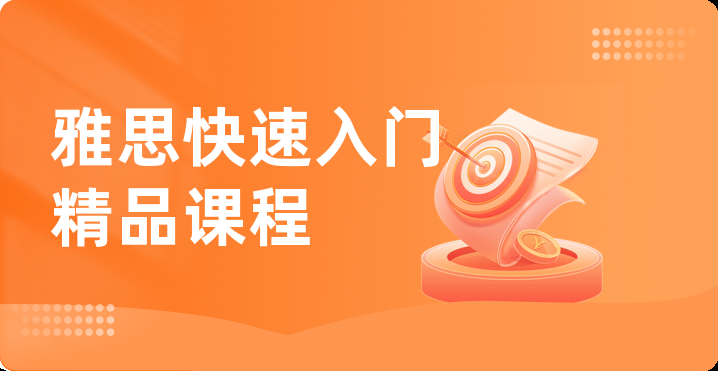
AP课程微观经济学名词
2022-01-04 14:23:21来源:考而思在线阅读量:325
以下是给大家分享的AP课程微观经济学名词解释,希望对各位有所帮助。Pleasehighlightcriticalterms;=notimportantforexambutyoushouldknowChapterEightPublicsectorExternality-whenadecisionimposesacost(negativeexternality)orimpartsabenefit(po

以下是给大家分享的AP课程微观经济学名词解释,希望对各位有所帮助。
Please highlight critical terms;
=not important for exam but you should know
Chapter Eight Public sector
Externality -when a decision imposes a cost (negative externality) or imparts a benefit (positive externality) to people not involved in the decision making. Public Goods- goods for which the consumption by one person does not exhaust the amount available for others, and for which prevention of consumption is difficult
social cost-those costs which are incurred by the public,. Polluted waterways; those are costs not captured by the market
social benefits-those benefits which are realized by the public or outside the buyer/seller exchange
pure Private Good a good that has exclusion and distributive characteristics
Technological efficiency-the identification of those inputs that have the greatest effect on output per $ of input expenditure
Pareto Efficiency-the optimal point(efficient point) for society when any further improvement for some comes at the expense of others
Quasi-Public Goods-goods which have some limited private good characteristics such as congestible public goods and price-excludable public goods
Market failure-occurs when resources are not allocated optimally. It may result from: externality, imperfect completion, public goods, imperfect information;
Imperfect information-buyers and/or sellers do not have full knowledge about available markets,prices,products,customers,suppliers and so forth.
Nonrival-one person’s consumption of that good does not affect its consumption by others
Nonexcludable-goods cannot be held back from those who desire access.
Poverty line-the official benchmark of poverty
Progressive tax-the government receives a larger percentage of revenue from families with larger incomes
Regressive tax-collects a larger percentage of revenue from families with smaller incomes
Proportional tax-collects the same percentage of income from all families
Social security-program provides cash benefits and health insure to retired and disabled workers and their families
Public Assistance-welfare typically provides temporary assistance to the very poor
Supplemental Security Income-assists very poor elderly individuals who have virtually no assets and little or no social security entitlement
Unemployment compensation-provides temporary assistance to unemployed workers
Medicaid provides health and hospitalization benefits to the poor
Food stamp/Public Housing-programs provide food and shelter for the poor
当前文章链接:
凡来源标注“考而思”均为考而思原创文章,版权均属考而思教育所有,任何媒体、网站或个人不得转载,否则追究法律责任
定制课程
电话咨询
客服微信

在线客服










